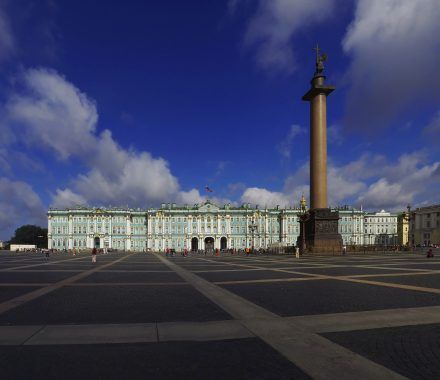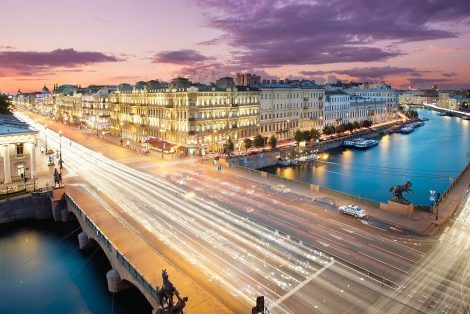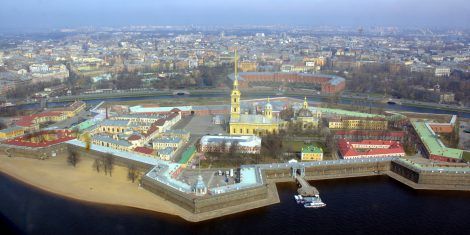This museum’s remit is to trace the political history of the country right up to the present, and its collection is always kept up to date and relevant. You can visit it in the city sightseeing tour of St Petersburg «Revolutionary Petrograd».
Kschessinska Mansion, now the Museum of Political History. The building which houses the museum itself played a significant role in history. This attractive art nouveau mansion was originally built for Mathilda Kshesinskaya, the prima ballerina at the Mariinskiy before the Revolution, and Nicholas II’s mistress before he became Emperor. Designed by Alexander von Gogen and completed in 1906, the asymmetrical design combines an enfilade of reception rooms with a winter garden and rotunda. The exterior comprises windows of different sizes set in walls covered with various materials including granite, brick, majolica and decorative metals.
In 1917, the building was seized by the Bolsheviks and turned into their headquarters in the city. It became the centre of their revolutionary activities, and Lenin made a historic speech from one of the balconies after his arrival in the city. It was later passed through a number of organizations, before eventually becoming the Museum of the Revolution in 1957. The exhibition is based on the collection of the now-defunct Museum of the Revolution, which contained artifacts gathered by key players in the Revolution long before the museum itself was actually established, including their own personal effects, documents, posters, pamphlets, and banners. Of particular interest are the belongings of politicians, statesmen, scientists and military leaders, among them the 19th century liberal Sergei Witte, Nicholas II, Lenin, Gorbachev and Yuri Gagarin.




